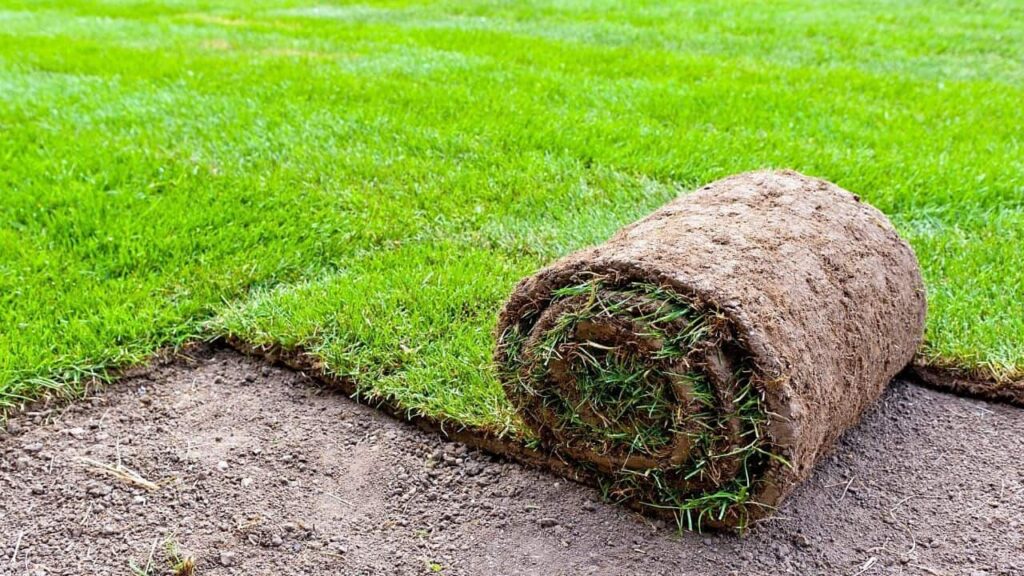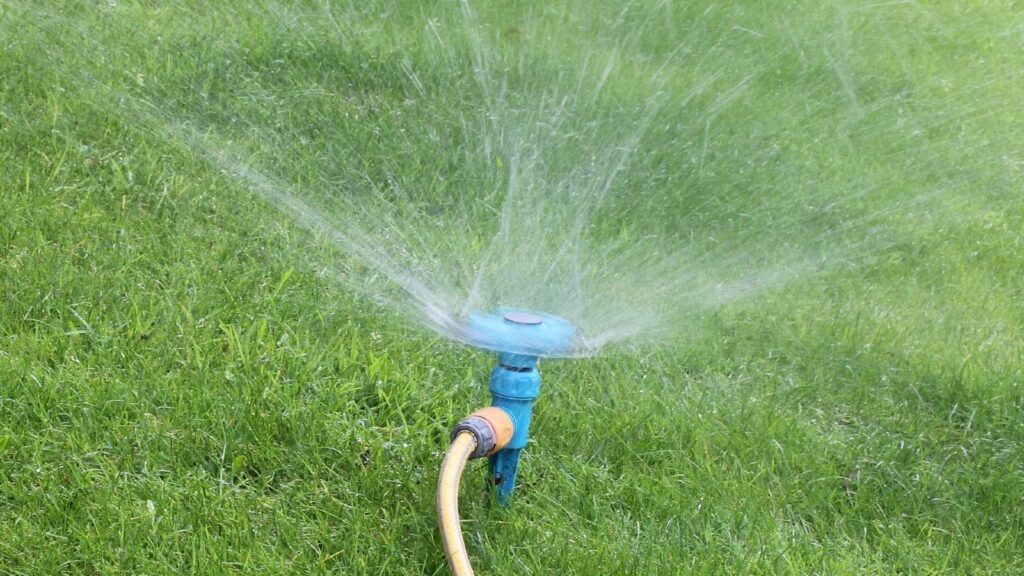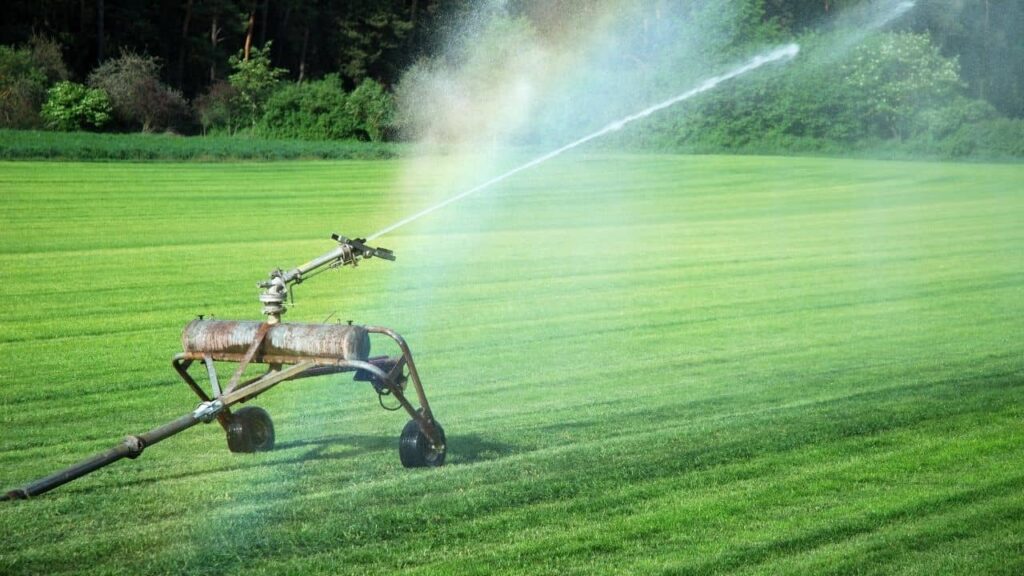Once the lawn is planted, you have to maintain good moisture content to trigger growth. Here is how often to water grass after planting on your lawn.
JUST AFTER SEEDING THE LAWN
In other words, immediately you finish planting your new grass seeds you should water your lawn. Onwards the grass seeds will need frequent watering, especially on an as-needed basis. When doing the first watering just a few minutes after planting you should keep this in mind.
- Water to keep the top 2 inches of the soil moist
- Do not water until it is sopping wet – just water enough
- Make sure you don’t have puddles after watering this could trigger rot.
See Also: Tree Removal Solution for Overgrown Trees

WHENEVER THE SOIL DRY OUT
After water for the very first time, you should also water whenever the soil dries up. This is however meant for people who have a busy schedule and who can’t water every day. However, many experts will advise creating time on a daily basis to water your lawn if you want to witness quick growth. Here is how to find out when the lawn turf becomes dry and need watering again.
Inspect the soil with your finger to see if it’s moist or dry. If the soil gets too dry the germination process may eventually stop. Remember, even when the turf feels dry, while watering, do not overdo it such that the turf pools up on the topsoil.
UNTIL THE SEEDS GERMINATE
If you want to know, how often to water grass will keep on until after the seedlings germinate. Thereafter it proper watering continuously as an ideal lawn care routine to promote quick growth. Underwatering, your lawn will cause dead seeds. The same applies when you water so much.
Therefore as your new grass seeds germinate into green attractive tips and develop roots, continue regular watering. This will help them to become well established over the next few days after sprouting.
Proper care and watering will require you to keep checking the seedbed regularly and also water it lightly whenever it is dry for close to over a month. This is after the seeds have germinated but before they get established. It works much like in that period right after seeding.
AS PROPER LAWN CARE ROUTINE
How often to water grass will also be determined by the need of a proper care routine for your turf. Without proper care, your grass seed will dry up and that’s a common knowledge. As a routine, this should be done after your grass seedling establishes roots. You must still water properly.
It is advised that you should water at least once a day. The best times to water is during the morning or evening hours or in other words when the temperatures are cool. It is argued that this promotes ideal water retention in the soil and smart evaporation.
The morning hours has however received more admiration as it is said to provide enough time for proper evaporation as the temps rise across the day. In the evening the temps are cool and the evaporation rate so low. Therefore, watering in the evening might easily cause too much moisture retention leading to rot in the seeds or even growth of mold and moss.
Other proper lawn routine care practices that you should remember to keep in mind to help promote the growth of your lawn turf include the following.
- Watering more often during dry spells
- Checking the new lawn more often for weeds
- Paying particular attention to shady patches on the lawn
- Monitoring uneven growth and withered patches too.

RIGHT AFTER THE ESTABLISHMENT
Finally, the one part that closes up how often to water grass is right after the establishment of the roots. Once you plant and your seedlings are out and the roots established, the watering doesn’t stop but the frequency can reduce. Generally, the water needs of an established turf lessen.
You can give the lawn just about 1 inch of water in every week. You can deliver it in one or two sessions. This is usually done to assist the grass roots to grow deeper into the ground and to make the lawn more tolerant of drought.
The properly watered lawn is the biggest secret to the most attractive and lush lawns that you keep seeing every day – and like I said before this is no rocket science at all. It a simple DIY procedure!
CONCLUSION
The one cardinal rule in how often to water grass like we said before is; try and water in the early morning as this prevents excessive evaporation; but avoid watering at night, as the water might sit too long, increasing the risk of fungal disease.
Additionally, you should watch out for shady areas as they will need watering less often than the sun-soaked areas. Overwatering shady areas will easily leave the place with so much water retention that could easily trigger fungal diseases.
Above all this, it is important that after your turf establishes you practice proper lawn care practices including trimming your grass on time, removing that, and keeping oil and dirt out of the lawn. Just remember watering is a need care.
More to read: Expert Tree Removal in the Hills District

